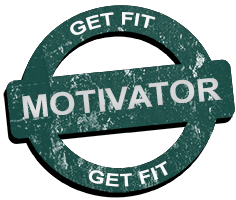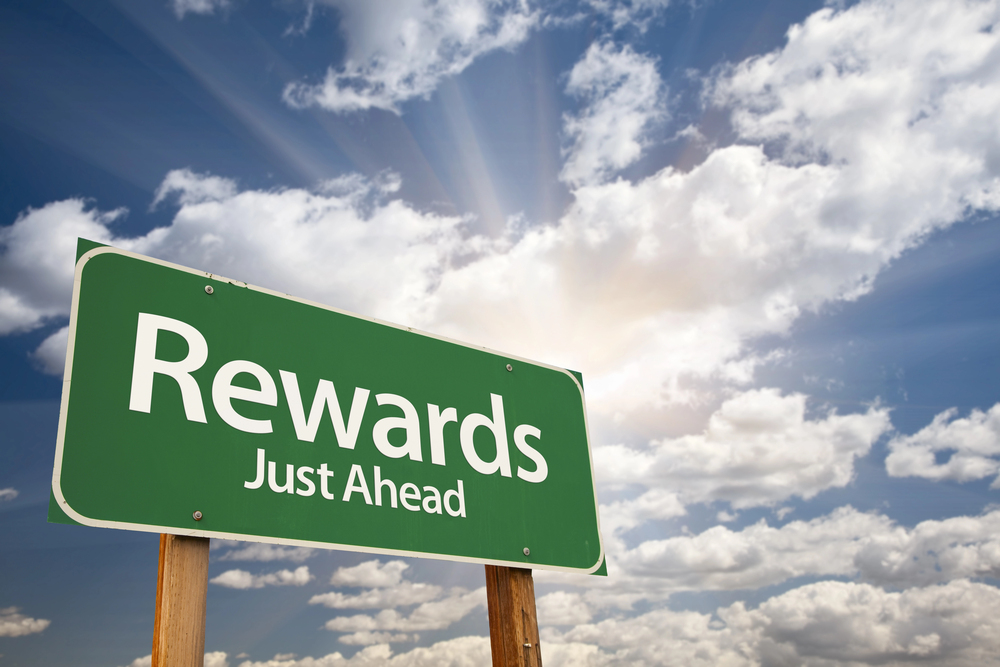Building Sustainable Habits
How to Create a ‘Cue and Reward’ System for Healthy Living
You’re ready to change your life. You’ve set your health goals, prepped your fridge with all the greens, and promised yourself, “This time, I’ll stick to it.”
But a week in, the motivation fizzles out. The gym bag gathers dust in the corner, and the kale in your fridge wilts into forgotten mush.
You’ve been here before. So, what’s missing? Why do good intentions crash and burn so quickly?
It’s not you—it’s your system.
To build habits that actually last, you need something simple, reliable, and effective: a cue and reward system. This proven behavioral strategy can rewire your brain to crave healthy actions the same way it craves scrolling through TikTok or grabbing a slice of pizza.
In this article, you’ll discover how to set up a personalized cue and reward system that fits your life and helps you stick to your health goals—for real this time.
The Psychology Behind Cue and Reward
Every habit you have—good or bad—follows the same loop: cue, routine, reward.
- The Cue: This is the trigger that prompts your brain to initiate the habit.
- The Routine: The actual behavior or action you take.
- The Reward: The payoff your brain receives, reinforcing the behavior.
For example:
- Cue: You feel stressed.
- Routine: You reach for a cookie.
- Reward: Temporary relief from stress.
This loop is why it’s so easy to form bad habits. But here’s the good news: you can hack this system to work for you instead of against you.
Step 1: Identify Your Cues
The first step is understanding what cues currently trigger your habits. Pay attention to:
- Time: Do certain habits show up at specific times of day (like snacking in the afternoon)?
- Environment: Does your surroundings nudge you toward certain actions (like reaching for the remote when you see the couch)?
- Emotions: Are habits tied to how you feel (like eating when stressed)?
- People: Do certain individuals influence your choices (like ordering dessert because your friend does)?
Example:
If you realize you always grab chips while watching TV, the cue is the act of turning on the TV.
Once you identify these triggers, you can intentionally replace the habit that follows.
Step 2: Choose a Replacement Routine
Now that you know your cues, it’s time to swap unhealthy routines with healthier ones.
Here’s how:
- Start small: The replacement behavior should be simple and achievable. For example, replace chips with air-popped popcorn instead of raw broccoli (let’s be realistic!).
- Align it with your goal: Make sure the routine directly contributes to the habit you want to build.
- Make it enjoyable: If the replacement feels like a punishment, you won’t stick with it.
Example:
- Cue: Turning on the TV.
- Replacement Routine: Stretching or foam rolling for five minutes while watching your favorite show.
Step 3: Attach a Reward That Works
Here’s the secret sauce: Your brain craves rewards. It’s how habits stick. If there’s no reward, the new habit won’t feel satisfying, and you’ll be tempted to revert to old patterns.
How to Choose Effective Rewards:
- Immediate: Rewards should come right after the action, not days later.
- Aligned with your goals: Avoid rewards that contradict your habit. For instance, don’t reward a workout with junk food. Instead, try a long hot shower or 30 minutes of guilt-free scrolling.
- Intrinsic: Over time, let the feeling of accomplishment itself become the reward.
Example:
- Routine: Drinking water first thing in the morning.
- Reward: Marking it off on a habit tracker and treating yourself to a podcast during your commute.
Examples of Cue and Reward Systems for Healthy Living
Let’s put this into practice with specific health and fitness goals.
1. Drinking More Water
- Cue: Place a full glass of water by your bed.
- Routine: Drink it immediately after waking up.
- Reward: Use a hydration app to see your progress.
2. Exercising Daily
- Cue: Lay out your workout clothes the night before.
- Routine: Exercise as soon as you wake up.
- Reward: Listen to your favorite playlist or audiobook only during workouts.
3. Eating Healthier Meals
- Cue: Write your meal plan and grocery list on Sunday.
- Routine: Cook a healthy meal each evening.
- Reward: End the night with a small piece of dark chocolate.
Step 4: Adjust and Iterate
Building a cue and reward system is not a “set it and forget it” process. Life changes, and your systems need to adapt with it.
Signs It’s Time to Tweak Your System:
- You consistently skip the routine despite having a cue and reward.
- The reward no longer feels motivating.
- New life circumstances disrupt your existing system.
Tips for Adapting:
- If your routine isn’t sticking, make it easier. Can’t commit to a full workout? Start with 5 minutes of stretching.
- If the reward isn’t motivating, try something new. Maybe a gold star on a habit tracker doesn’t excite you, but a video call with a friend does.
Why Cue and Reward Systems Work
There’s a reason this strategy is so effective: it takes willpower out of the equation.
Instead of relying on motivation (which is fleeting), you’re creating an environment where healthy habits become automatic. Over time, the routine becomes second nature, and you’ll wonder how you ever lived without it.
Real-Life Story: Sarah’s Transformation
Let’s look at how this worked for Sarah, a busy mom of two who wanted to incorporate fitness into her hectic life.
- Cue: Sarah set a daily alarm at 6:30 PM labeled “Me Time.”
- Routine: When the alarm went off, she’d roll out her yoga mat and follow a 15-minute video.
- Reward: After her session, she enjoyed a quiet cup of herbal tea before putting the kids to bed.
Within weeks, Sarah found herself looking forward to her evening routine. The system became so ingrained that even on tough days, she wouldn’t miss it.
Common Mistakes to Avoid
- Overcomplicating the System: Start small. Focus on one cue and reward system at a time before adding more.
- Skipping the Reward: Without a reward, the habit won’t stick. Make sure it’s something you genuinely enjoy.
- Choosing Unrealistic Routines: Aim for progress, not perfection. A 5-minute walk is better than no walk at all.
Takeaway: Building a System That Works for You
Your health journey doesn’t have to feel like a never-ending uphill battle. By creating personalized cue and reward systems, you can make healthy habits a seamless part of your daily life.
Start small. Choose one habit, identify its cue, and attach a reward. Stick with it, and soon enough, you’ll find that making healthy choices is no longer a struggle—it’s just what you do.
So, what’s your first cue and reward system going to be? Let’s hear it in the comments!

